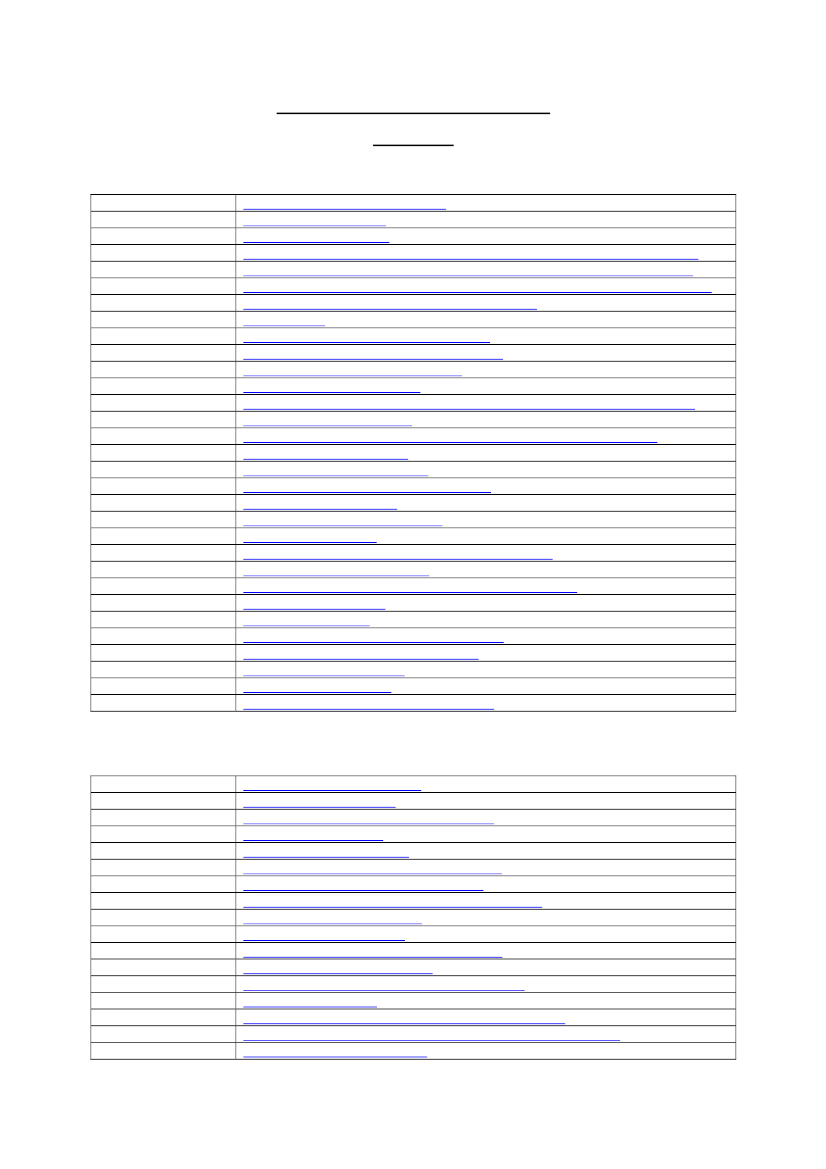
COMMISSION WORK PROGRAMME 2006
ROADMAPS
PROSPERITY INDEX
2006/EAC/006
2006/EAC+/004
2006/ECFIN/019
2006/ECFIN/020
2006/ECFIN/021
2006/ENTR/001
2006/ENTR/002
2006/ENTR/004
2006/ENTR/006
2006/ENTR+/003
2006/ENTR+/007
2006/ENTR+/008
2006/INFSO/001
2006/INFSO/003
2006/MARKT/002
2006/MARKT 003
2006/MARKT/004
2006/MARKT/005
2006/MARKT/006
2006/MARKT/007
2006/MARKT/008
2006/MARKT+/012
2006/SG+/008
2006/TAXUD/001
2006/TAXUD/002
2006/TAXUD/003
2005/TREN/011
2006/TREN/003
2006/TREN/010
2006/TREN/025
2006/TREN/026
European Qualifications Framework
EIT Founding Regulation
Convergence Report 2006
Proposal for a Council Decision on euro area entry of one or more Member States
Conversion rates of the currencies of the Member States concerned with the euro
Consolidating and Strengthening New Approach Directives, Policies and Principles
Free movement of goods in the non-harmonised area
Safety of Toys
Recast and Extension of Directive 98/34/EC
Competitive automotive regulatory framework
Financing Growth – the European Way
Defence Industries and Markets
Functioning of regulatory framework for electronic communications and services
Communication eGovernment
Modifications des directives, recours dans le domaine des marchés publics
Mortgage Credit White Paper
White Paper on investment funds
Securities Clearing and Settlement Directive
Proposal on Postal Services
Cross-border banking consolidation
Copyright levies reform
Interpretative Communication on Defence Procurement
European Transparency Initiative
Programme for Customs in the Community (Customs 2013)
Programme Fiscalis 2013
Anti-tax fraud strategy
Transport White Paper 2005 Mid-Term review
Communication sur le réseau dédié au fret
Communication on Logistics
Galileo future applications
Communication on Clean Coal Technologies
SOLIDARITY INDEX
2005/AGRI/003
2006/AGRI/002
2006/AGRI/003
2006/AGRI+/019
2006/EMPL/001
2006/EMPL/002
2006/EMPL/003
2006/EMPL/004
2004/ENV/003
2005/ENV/011
2006/ENV/012
2006/ENV/013
2006/ENV/016
2006/ENV/017
2006/FISH/001
2005/JLS/187
2005/JLS/188
Banana internal support scheme
Fruit & Vegetables Reform
Communication on reform of the wine sector
Biofuels Communication
Roadmap on Gender Equality
Health and Safety at work Strategy 2007-2012
Green Paper on the evolution of labour law
Communication on the demographic future of Europe
Thematic Strategy on Pesticides
Biodiversity Communication
Green Paper on Adaptation to Climate Change
Review of CO2 and Cars Strategy
Revision of National Emissions Ceilings Directive
Aviation in the EU ETS
Green Paper on a future European Union Maritime Policy
Regulation on the applicable law and jurisdiction in divorce matters
Livre vert régimes matrimoniaux